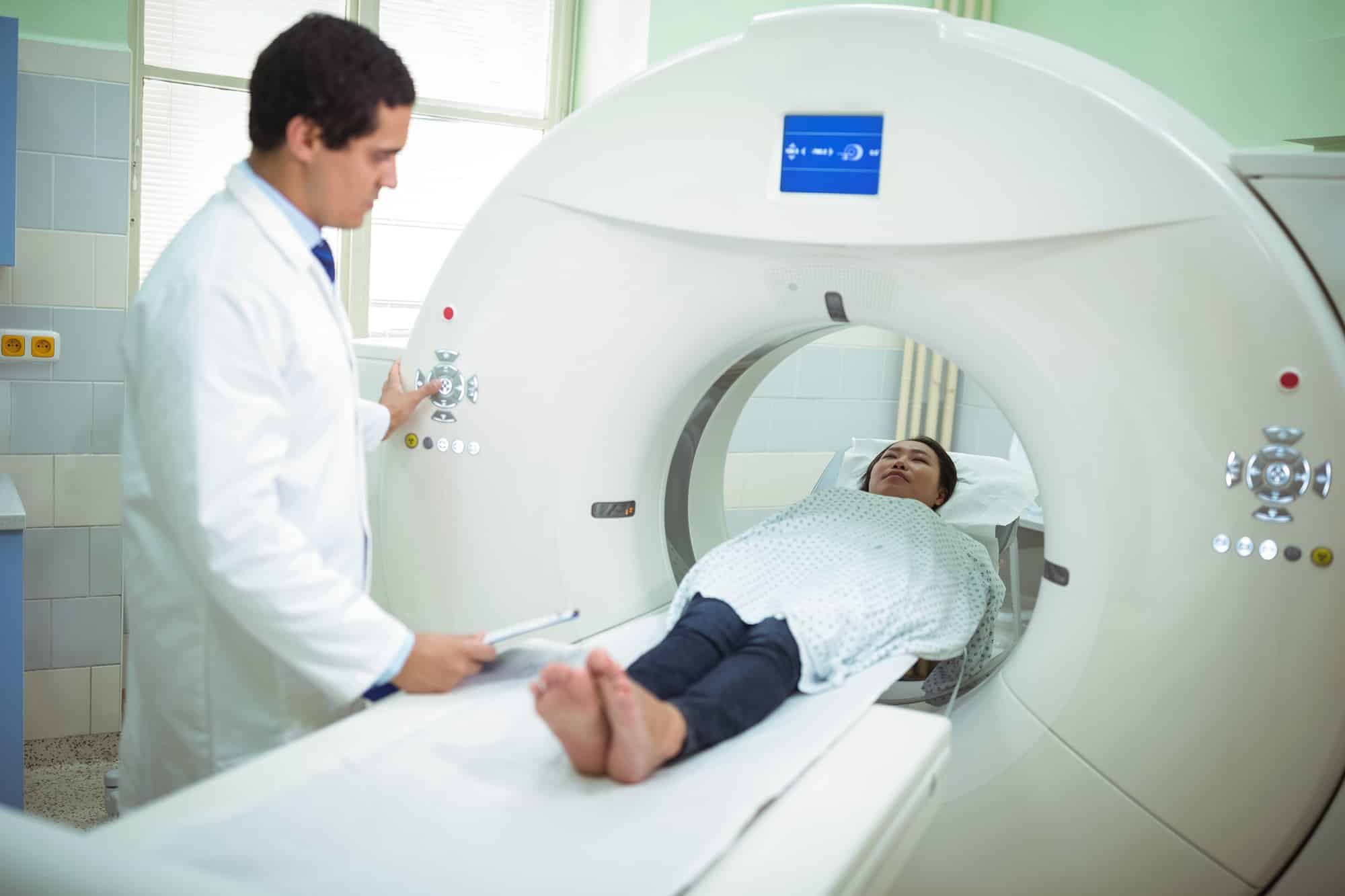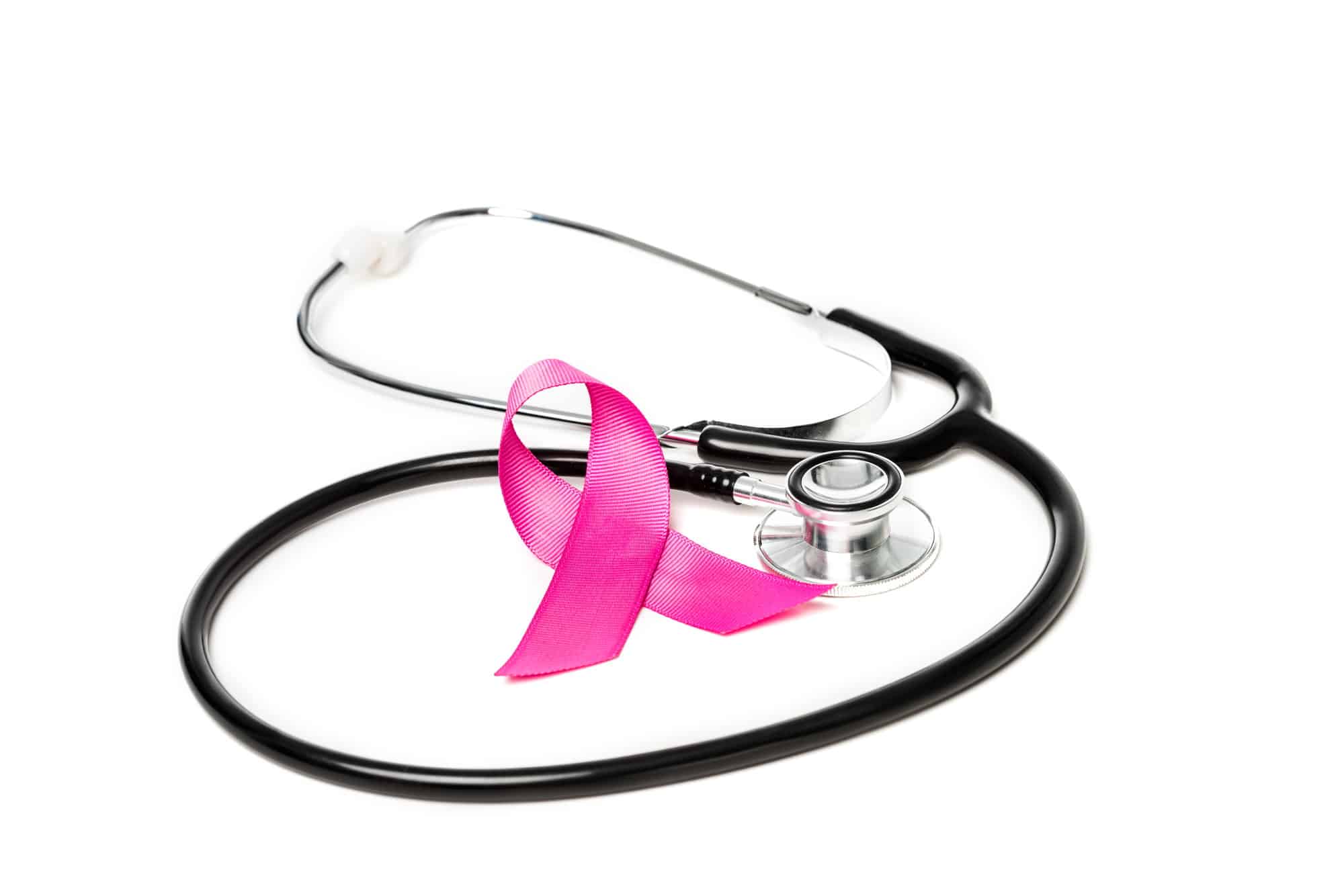Journal of the American Medical Association or JAMA says getting a CT (Computer Tomography) or CAT (Computer Axial Tomography) scans puts you at a 5 % higher lifetime risk for new cancers especially lung and colon cancer. This is 3 to 4 times higher than reported in earlier studies.
Why do CAT scans put you at a higher risk for cancer?
CAT scans work by ionized radiation that in many clinical situations are needed to view critical organs and can help save lives by finding serious and life-threatening diseases.
JAMA looked at over 90 million CAT scans done in 62 million people and found that ionized radiation caused 100,000 projected lifetime cancers. The risk of cancer is higher in children especially in those having CAT scans done at less than 1 year of age, but the greatest number of cases of cancer are in adults who have the most CAT scans done.
This is 3 to 4 times higher than reported in prior studies due to more state-of-the-art imaging techniques that deliver higher doses of radiation along with 30 % more CAT scans being done than ever before. In the study, the highest number of CAT scans were done in people ages 60 to 69 with 1 to 2 CAT scans per person.
The reason for the uptick in number raises questions of potential overuse especially in emergency rooms (ER) as they are easy to get, fast to perform, and keep the waiting times low. However, in many cases they may be unnecessary when other safter testing is available like ultrasound and MRI or Magnetic Resonance Imaging that does not use ionizing radiation.
Our advances in technology including faster scanning speeds, better resolution, and advances in multiplane reconstructing images where organs are imaging multiple times has led to higher and higher doses of radiation and higher cancer risks with over two thirds of all medical radiation coming from CAT scans.
Most studies on radiation and cancer risks have looked at people exposed to very high doses of radiation including uranium (naturally occurring radioactive element) and atomic bomb survivors. There is a higher lifetime rate of leukemia or blood cancers, and solid tumors that goes up with the amount of radiation, age at the time of exposure, and sex. It seems that ionizing radiation damages DNA or the blueprint of our cells leading to cancer.
How much radiation does a CAT scan have?
We are exposed to what is called “background radiation,” in our day to day lives from the environment with the average person getting 3 mSv (millisievert) each year, says the American Cancer Society. It usually comes from 2 primary sources including radon gas in the home and cosmic rays from the atmosphere.
Radon is a naturally occurring gas that can enter our homes through cracks in the foundation or soil mostly from uranium in the rocks and soil. The amount and risk varies from one part of the country to another as well as amongst countries. Location also plays a role in “cosmic,” rays with higher altitude in New Mexico and Colorado getting more rays than Delaware, at 60 feet above sea level.
To compare this with radiation from imaging studies, a single x-ray has 0.1 mSv or about the amount of radiation we get over 10 days, and a mammogram has 0.4 mSv or about the amount we get from our natural background over 7 weeks. This compared with a CAT scan of the abdomen (belly) exposures us to about 10 mSv equal to the amount of natural radiation over about 3 years or the amount of 100 single x-rays images.
What types of cancers are linked to CAT scans?
The largest number of cancers based on the JAMA study are from CAT scans of the abdominal (belly) and the chest leading to more lung and colon (gut) cancers. Other studies have also shown children exposed to CAT scans have higher rates of leukemia or blood cancers and brain cancers.
JAMA says that the number of new lung cancers topped the list at 22,000 new cases, colon (gut) at 8,700, leukemia (blood cancer) at 7,900, and bladder at 7,100 cases. Overall, in females, breast cancer was the second most common.
Another CAT scan study in over 1 million European children out of Nature Medicine showed more cancers over period of 12 years with increasing risk based on the total amount of radiation exposure leading to more leukemia or blood cancers. It was estimated that 1:10,000 children having CAT scans are expected to develop cancer.
How can we limit the dose of radiation from CAT scans?
The American College of Radiology (ACR) says “low as reasonably achievable,” is the goal with doctors choosing imaging studies that minimize the amount of radiation exposure only to that which is necessary.
The lowest amount of radiation is the best approach, and goals should be to use the lowest dose possible and that a CAT scan is the best test or can other safer imaging tests be done instead including ultrasound or MRI, limiting exposure to the organ that needs imaging, optimizing scanning especially in children with greater lifetime risk, and limiting multiple scanning when a single scan will do.
In fact, a study looked at the byproducts of DNA or cell breakdown after CAT scan of the heart arteries called a CTA or angiogram (image of the vessels of the heart) and found a 3 times higher rate of injury or breakdown of DNA called cell death following radiation with a single cardiac CTA. This is the same amount of radiation as getting 100 to 150 chest x-rays. In order to combat this risk, special techniques are used called “gated,” images that targets radiation with the heartbeat or rhythm and may help reduce radiation levels.
So, if you need a CAT scan get one as can be lifesaving but discuss with your doctor the best test for you and try to limit the amount of radiation exposure by avoiding excessive imaging, limiting it to the body part in question, and if intravenous (IV) contrast is used to try to avoid multiphase CAT scans or repeated scanning before and after contrast as can significantly increase the radiation dose.
Any last advice or information about the risk of cancer and CAT scans?
There are many reasons for the alarming rise in cancers from CAT scans including a 30 % higher utilization over the years due to potentially unnecessary imaging or repeat imaging, greater use and ease of availability of CAT scans in our emergency departments when ultrasound or other imaging may be used, and an aging population with higher medical needs and complexity who may need more imaging studies.
At a 5 % increased risk of cancer for CAT scans puts it on par with other modifiable risk factors for cancer including alcohol consumption with 5.4 % higher risk for cancers of the mouth, liver and esophagus, and obesity related cancers including kidney, colon or gut, and pancreas.
CAT scans are important diagnostic tools and can save lives, but radiation exposure can add up and increase cancer risks over time and should be done for good reasons. If absolutely needed the risk overall is 5 % and if it’s the best test, then the risk is fairly low but avoid repeat imaging if possible. It’s important to discuss with your doctor the available imaging options including ultrasound or MRI that has no radiation exposure. MRI using magnetic, and radiofrequency fields and ultrasound uses sound waves.
If you have any questions, AskDoctorH we are here to help.




 Have Questions? AskDoctorH
Have Questions? AskDoctorH